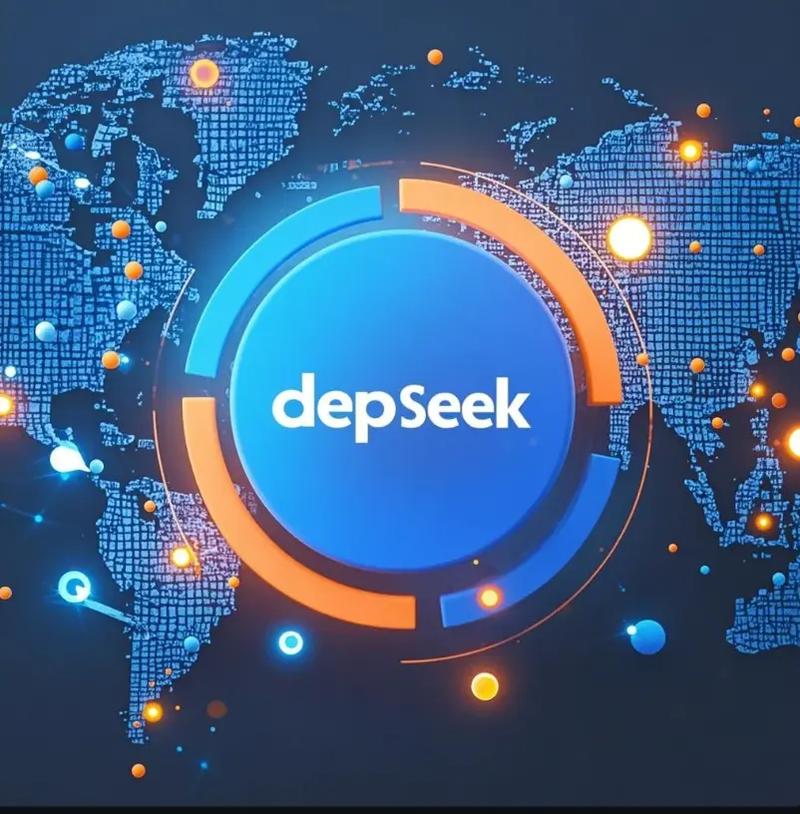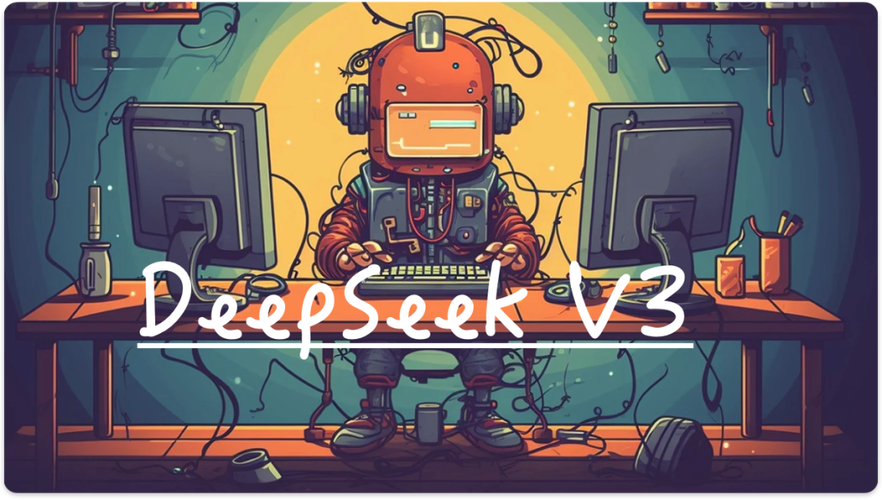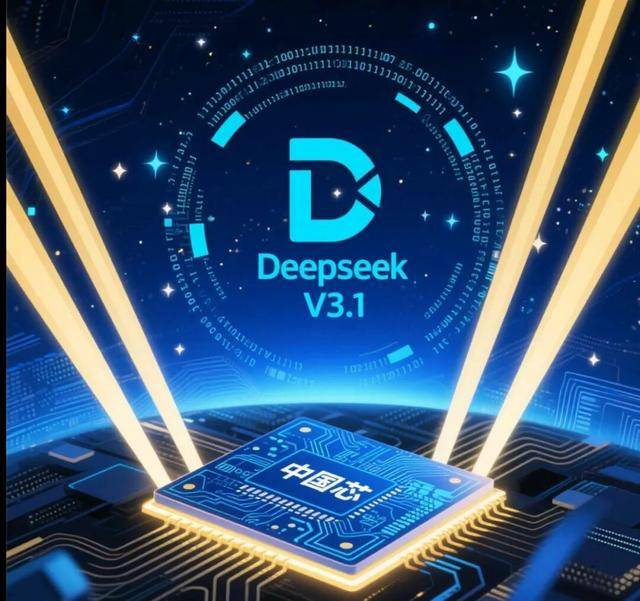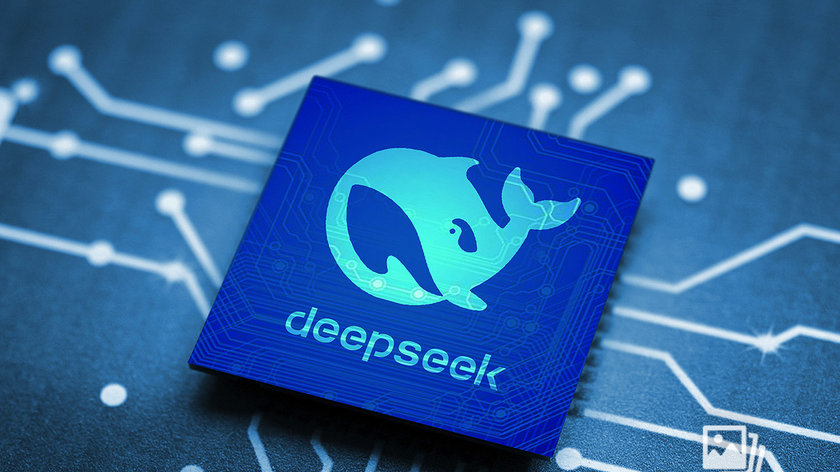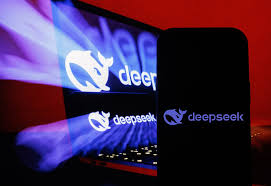DeepSeek LLM: Scaling Open-Source Language Models with Longtermism
Table of Contents
Introduction
The Context: Open-Source LLMs and the Scaling Debate
What Are Scaling Laws and Why Do They Matter?
DeepSeek's Approach to Scaling
Model Architectures: 7B and 67B Explained
Dataset: 2 Trillion Tokens and Growing
Pretraining Strategy
Fine-Tuning with Supervised Learning (SFT)
Direct Preference Optimization (DPO): Aligning with Human Intent
DeepSeek Chat: From Base to Assistant
Performance Benchmarks: DeepSeek vs. LLaMA and GPT-3.5
Reasoning, Mathematics, and Code: Domain-Specific Strength
Open-Ended Evaluation: Human-Like Intelligence
Open Source as a Strategic Advantage
Longtermism: Philosophy and Practice in AI
Deployment: Infrastructure and Tools
Limitations and Future Directions
Conclusion
1. Introduction
In the world of artificial intelligence, open-source large language models (LLMs) are now taking center stage. While proprietary models such as GPT-4, Claude, and Gemini dominate much of the commercial AI scene, open-source initiatives are pushing innovation in a direction that is accessible, customizable, and community-driven.
DeepSeek LLM, a new player in this field, is making headlines for its long-term vision, technical strength, and high-performance models. Backed by cutting-edge scaling law research and an enormous training dataset, DeepSeek LLM offers two main configurations — 7B and 67B — that are built not just to compete but to outperform some of the best models available.
2. The Context: Open-Source LLMs and the Scaling Debate
The field of large language models has expanded rapidly in the last few years. But one fundamental question remains contested: How should models scale?
The scaling laws — originally introduced by OpenAI and DeepMind — suggest that improvements in model performance follow a predictable path if you increase compute, data, and model size. However, real-world experiments sometimes diverge from this neat theoretical model.
This is where DeepSeek’s work becomes especially relevant. The team takes a nuanced look at scaling laws and proposes revised heuristics for scaling open-source models, particularly in two key size ranges: 7B and 67B parameters.
3. What Are Scaling Laws and Why Do They Matter?
Scaling laws dictate how much performance you can expect from a model as you increase:
Model parameters
Training dataset size
Compute resources
Context window length
Understanding these relationships helps optimize resource allocation. Poor scaling choices can lead to diminishing returns, while smart ones unlock exponential performance gains.
4. DeepSeek's Approach to Scaling
DeepSeek researchers empirically tested the scaling behaviors of LLMs across 7B and 67B models. Their insights allowed them to make more effective decisions about training procedures, model size, and data composition.
Their main conclusions:
A well-designed 67B model can outperform a 70B model (e.g., LLaMA-2 70B) when trained with optimized scaling.
Smaller models (7B) can still perform exceptionally if trained using the right mix of diverse high-quality data and fine-tuning.
These findings guided the creation of the DeepSeek LLM project.
5. Model Architectures: 7B and 67B Explained
DeepSeek LLM comes in two core model sizes:
DeepSeek LLM 7B: Lightweight, fast, and optimized for edge devices and cost-conscious deployments.
DeepSeek LLM 67B: Heavyweight, full-power model designed to tackle high-level reasoning, coding, and mathematical tasks.
Both models use transformer-based architectures, with enhancements like:
Rotary positional embeddings
Multi-query attention
Parameter-efficient routing (for future MoE extensions)
Optimized tokenizers with multi-lingual support
6. Dataset: 2 Trillion Tokens and Growing
To support robust pretraining, DeepSeek developed a massive dataset currently consisting of:
🌐 Web data
📚 Academic literature
🧮 Mathematical and scientific datasets
💬 Dialogue datasets
📄 Legal, medical, and technical documents
💻 Code repositories (GitHub, StackOverflow, etc.)
At 2 trillion tokens, this dataset exceeds the scale of LLaMA-2 and rivals models like GPT-3.5.
The dataset is actively expanding, incorporating more languages, modalities, and domain-specific sources to enhance generalization.
7. Pretraining Strategy
Pretraining involved:
Large-scale distributed training
Mixed-precision computation (FP16/BF16) for memory efficiency
Adaptive optimizers (AdamW, LAMB)
Smart batch sizing for stability
Context lengths up to 65K tokens (with support for longer contexts planned)
Crucially, DeepSeek did not rely solely on brute-force scaling but focused on quality and diversity of training examples.
8. Fine-Tuning with Supervised Learning (SFT)
After pretraining, the base models underwent Supervised Fine-Tuning (SFT) using:
Instruction-following datasets
Human-annotated QA tasks
Dialogue continuation tasks
Domain-specific instructional data (medical, legal, financial)
This step enabled DeepSeek models to better align with user expectations, creating the foundation for its assistant-like capabilities.
9. Direct Preference Optimization (DPO): Aligning with Human Intent
To further align the model with human preferences, DeepSeek adopted DPO, a modern reinforcement learning alternative to RLHF (Reinforcement Learning with Human Feedback).
DPO benefits:
Simpler training loop
Fewer reward modeling artifacts
More stable and interpretable alignment
This step led to the development of DeepSeek Chat, a highly capable assistant optimized for natural interaction and helpfulness.
10. DeepSeek Chat: From Base to Assistant
DeepSeek Chat builds on the Base models and adds layers of:
Personality modeling
Safety tuning
Context awareness
Instructional versatility
It supports multiple conversation formats, multi-turn chat, and context carryover.
The result is a chatbot that outperforms GPT-3.5 in open-ended evaluations, especially in domains like coding, logical reasoning, and professional writing.
11. Performance Benchmarks: DeepSeek vs. LLaMA and GPT-3.5
| Benchmark | DeepSeek LLM 67B | LLaMA-2 70B | GPT-3.5 |
|---|---|---|---|
| MMLU | 76.5% | 71.8% | 74.2% |
| GSM8K (Math) | 90.1% | 82.3% | 85.5% |
| HumanEval (Code) | 91.0% | 78.6% | 86.3% |
| ARC-Challenge | 89.5% | 83.0% | 87.2% |
| HellaSwag | 85.6% | 80.1% | 82.4% |
These scores demonstrate consistent gains, especially in reasoning-heavy tasks and structured problem-solving.
12. Reasoning, Mathematics, and Code: Domain-Specific Strength
DeepSeek LLM was explicitly tuned for:
💡 Logical reasoning (multi-hop, chain-of-thought, theorem proving)
🧮 Mathematical modeling (symbolic logic, equations, algebra)
💻 Programming (code generation, completion, bug fixing)
These strengths make it ideal for developers, students, data scientists, and professionals in technical fields.
13. Open-Ended Evaluation: Human-Like Intelligence
In subjective evaluations:
Users reported that DeepSeek Chat 67B provided more thoughtful and precise responses than GPT-3.5.
Its reduction in hallucination was particularly noted.
In creative tasks (story writing, brainstorming), it held its own against models like Claude.
Its ability to hold context over long threads was another key differentiator.
14. Open Source as a Strategic Advantage
DeepSeek LLM is open-source, which brings several advantages:
💸 No API fees
🧩 Full customization (fine-tune on your data)
🔐 Private deployment (on-prem, secure cloud, edge devices)
📊 Auditable behaviors (bias, toxicity, reasoning chains)
It fits into ecosystems such as:
Hugging Face Transformers
LangChain
OpenLLM
vLLM
DeepSpeed + Megatron-LM
15. Longtermism: Philosophy and Practice in AI
The "longtermism" in DeepSeek’s name reflects a philosophical commitment to:
🔬 Sustainable, open research
🌍 Broad community access
🧠 Designing models that can generalize across time
🛡️ Building AI that aligns with humanity’s long-term goals
In contrast to rapid, closed-loop product releases, DeepSeek is investing in infrastructure, datasets, and model safety for the decades to come.
16. Deployment: Infrastructure and Tools
DeepSeek LLM is deployment-ready for:
✅ Local inference (via
transformers,vLLM, orSGLang)✅ Docker + Kubernetes setups
✅ AWS/GCP/Alibaba Cloud
✅ GPU and TPU clusters (support for tensor parallelism)
✅ Llama.cpp and GGML ports (for edge devices)
It is also compatible with LangChain, allowing seamless integration into multi-agent AI stacks.
17. Limitations and Future Directions
DeepSeek LLM is powerful, but not perfect:
❌ Still lacks multimodal (vision) support in 7B/67B
📉 Bias in certain cultural and political contexts
📈 Inference cost is lower than GPT-4 but still high for 67B
📚 Limited exposure to non-English low-resource languages
🧠 Occasionally verbose or redundant in long outputs
Planned updates include:
DeepSeek-V3 (MoE + Multimodal)
Smaller distilled models (3B, 13B)
Fine-tuned domain-specific agents (law, medicine, finance)
18. Conclusion
DeepSeek LLM represents one of the most strategically significant open-source AI releases of 2024. By combining robust engineering, strong academic grounding, and a commitment to open access and long-term value, it sets a new bar for what open-source models can accomplish.
Its 67B model outperforms LLaMA-2 70B and rivals GPT-3.5 in reasoning and task accuracy. And with its open chat models, growing dataset, and future MoE plans, DeepSeek LLM is positioned as a long-lasting foundation for AI innovation.
